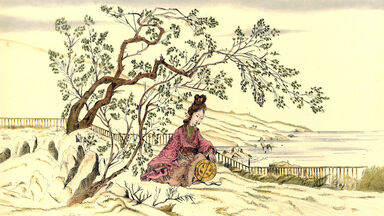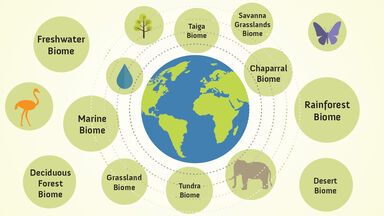Within the empire a very great diversity of nationalities is comprised, due to the amalgamation or absorption by the Slav race of a variety of Ural-Altaic stocks, of Turko-Tatars, Turko-Mongols and various Caucasian races.
The overwhelming numerical superiority of the Sla y s, and the very great differences in ethnical type, belief and mythology between the IndoEuropean and the Ural-Altaic races, may have contributed to the same end.
According to Radlov, the earliest inhabitants of Siberia were the Yeniseians, who spoke a language different from the Ural-Altaic; some few traces of them (Yeniseians, Sayan-Ostiaks, and Kottes) exist among the Sayan Mountains.
Language The Magyar or Hungarian language belongs to the northern or Finno-Ugric (q.v.) division of the Ural-Altaic family, and forms, along with Ostiak and Vogul, the Ugric branch of that division.
Although for nearly a thousand years established in Europe and subjected to Aryan influences, the Magyar has yet retained its essential Ural-Altaic or Turanian features.

